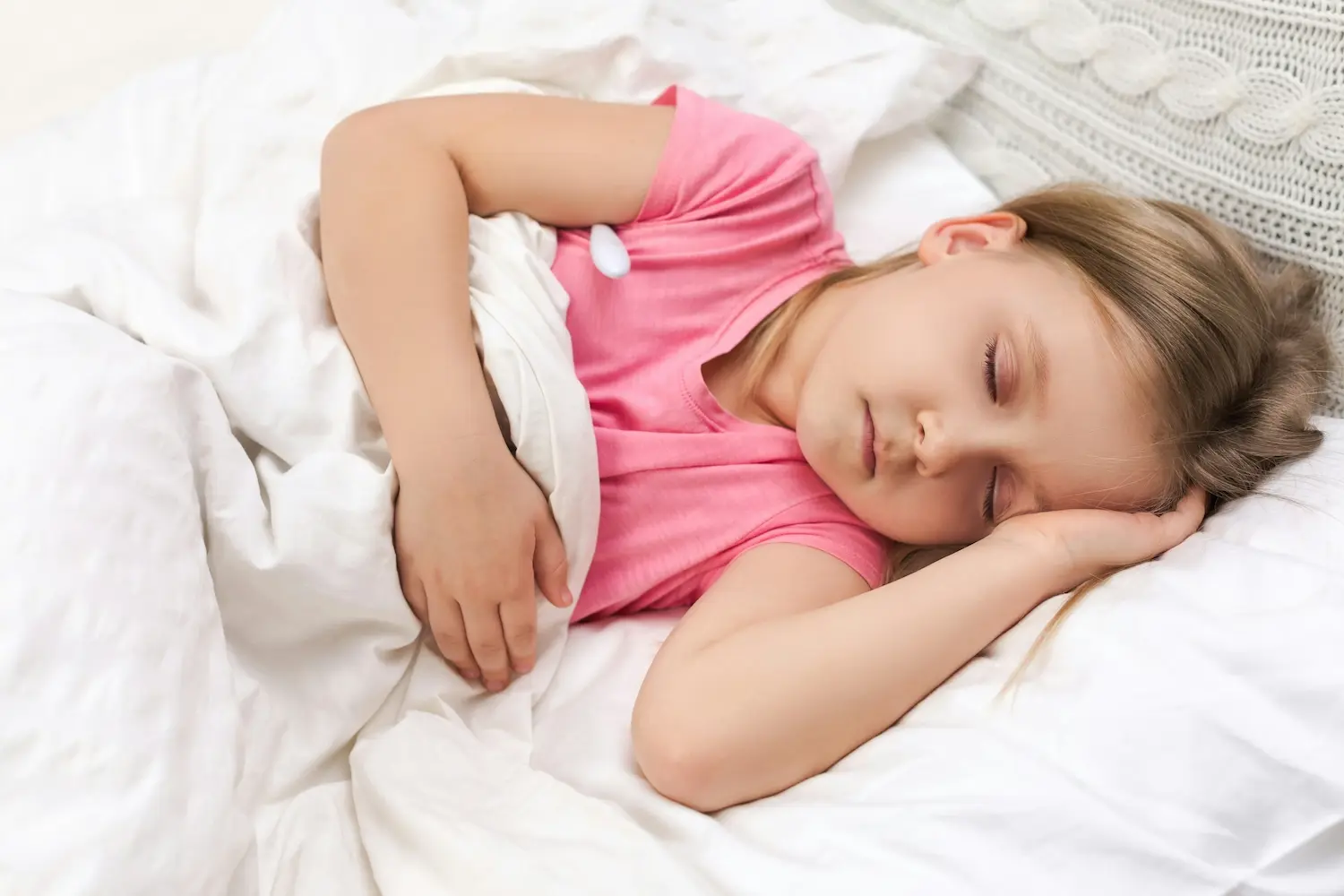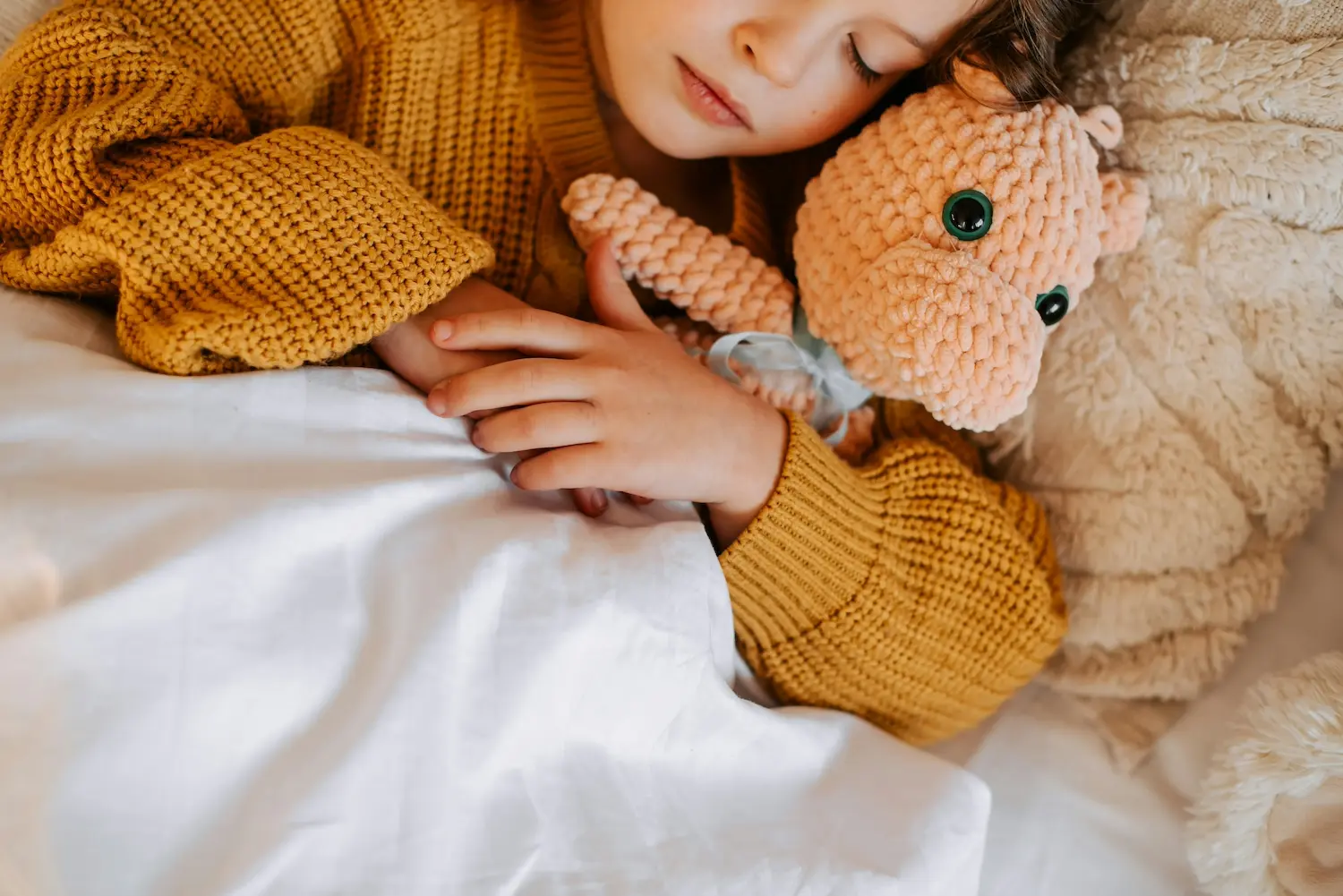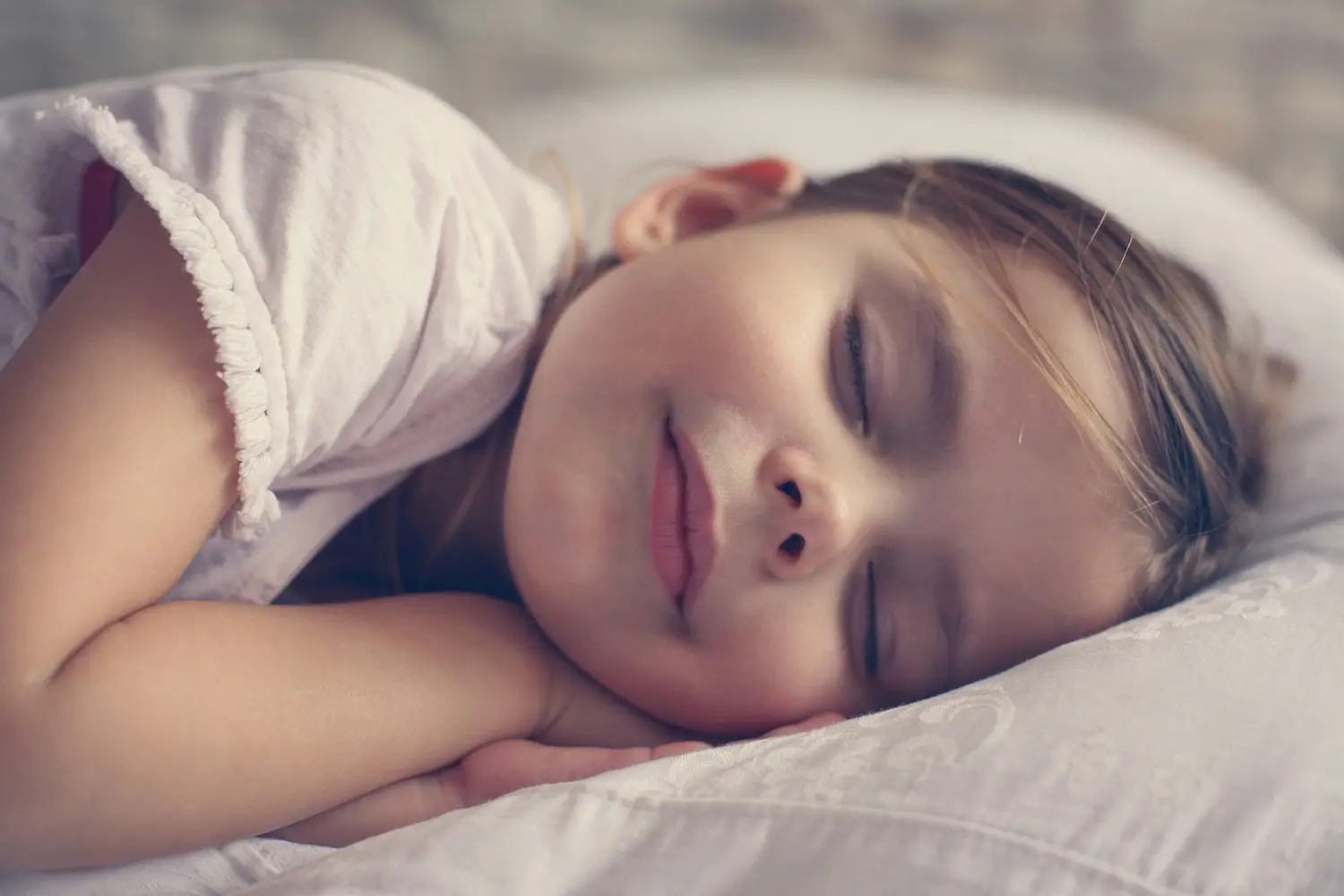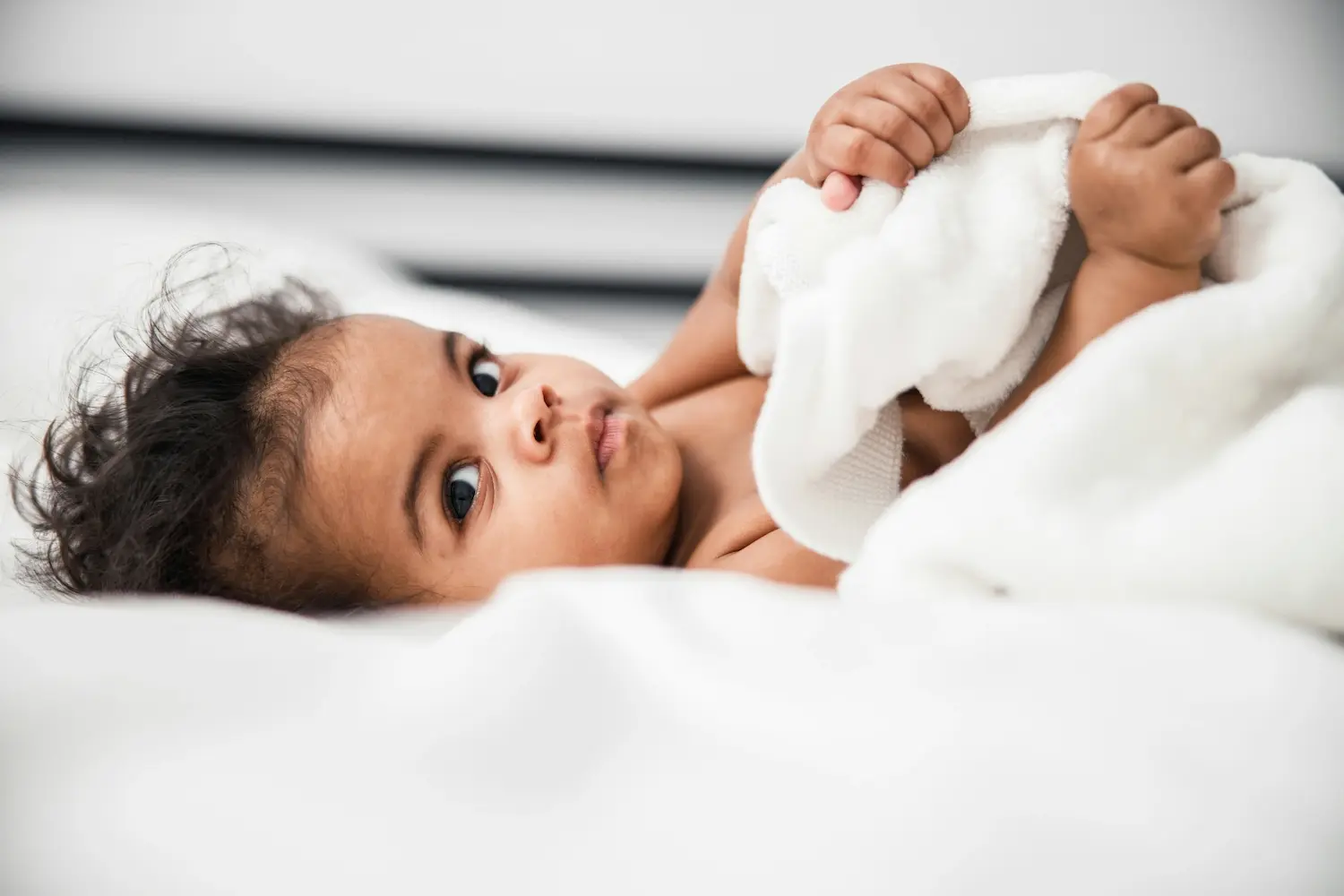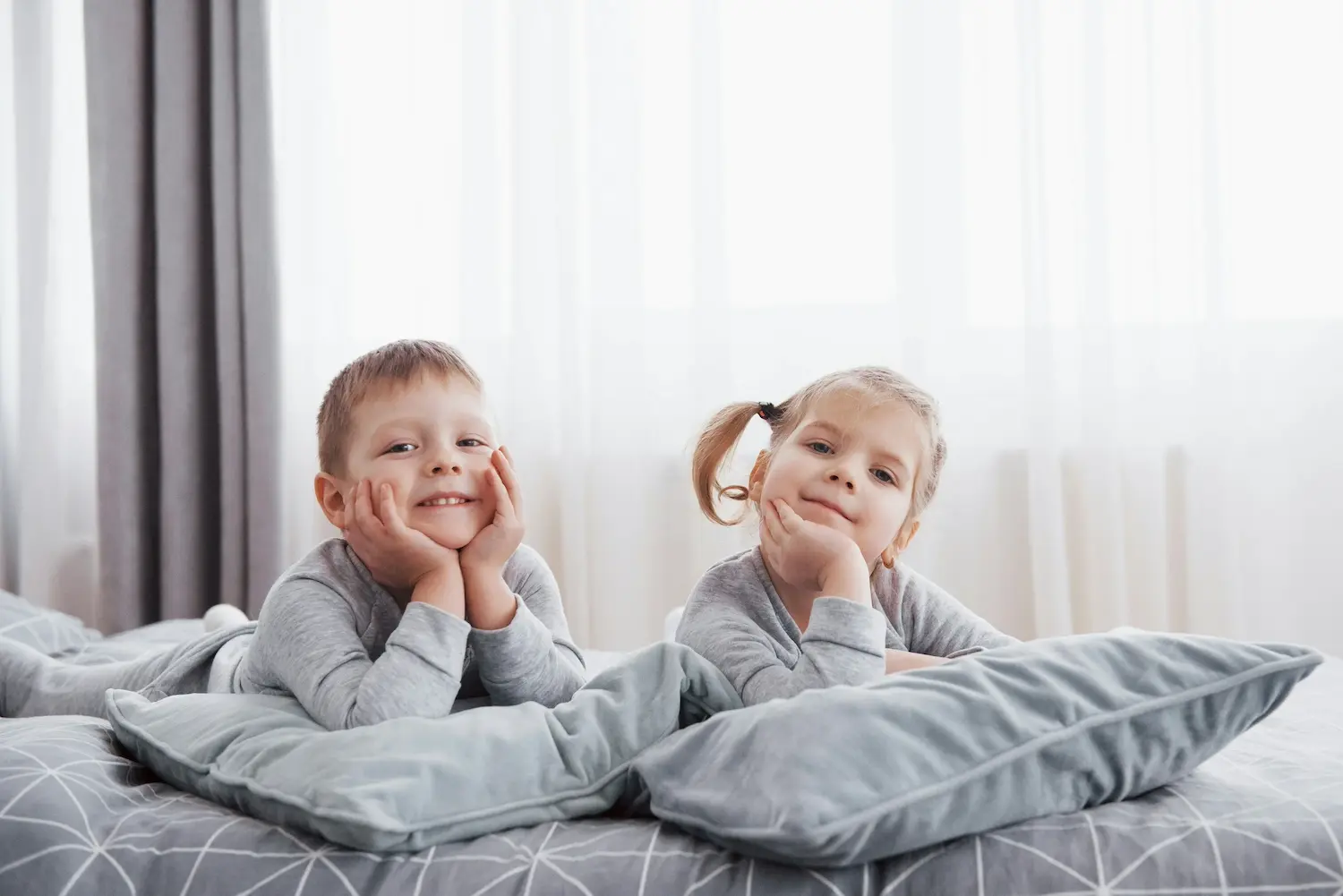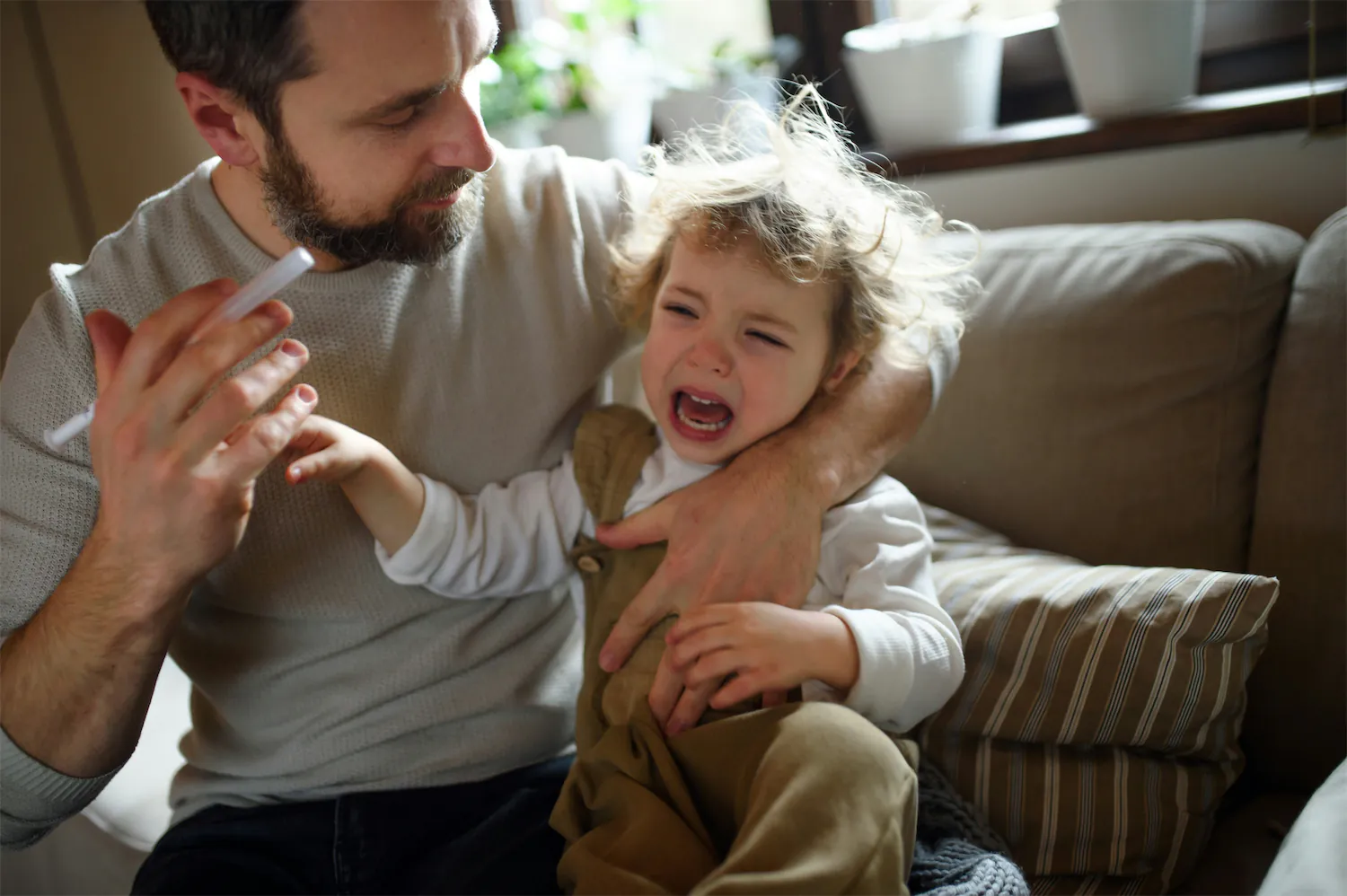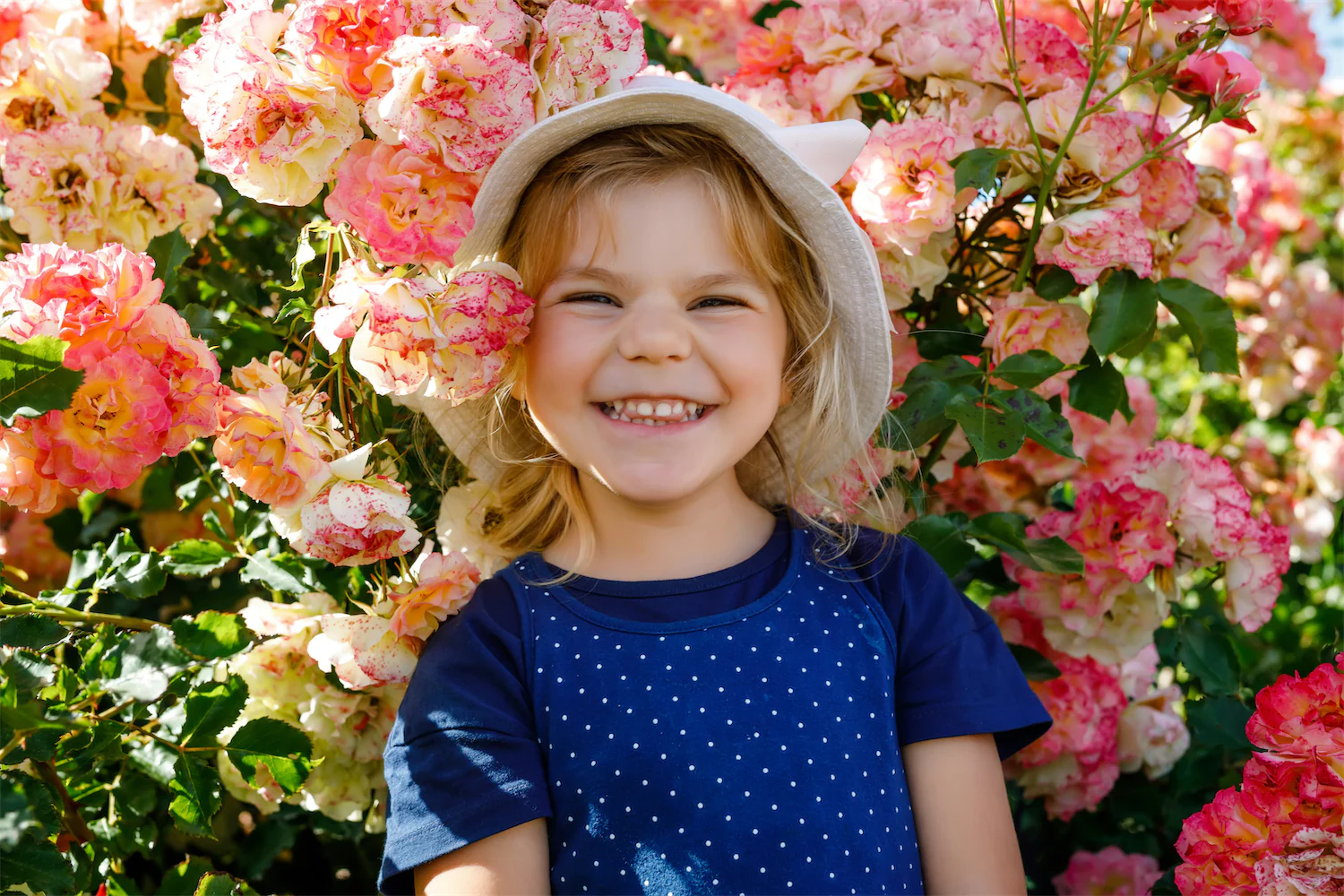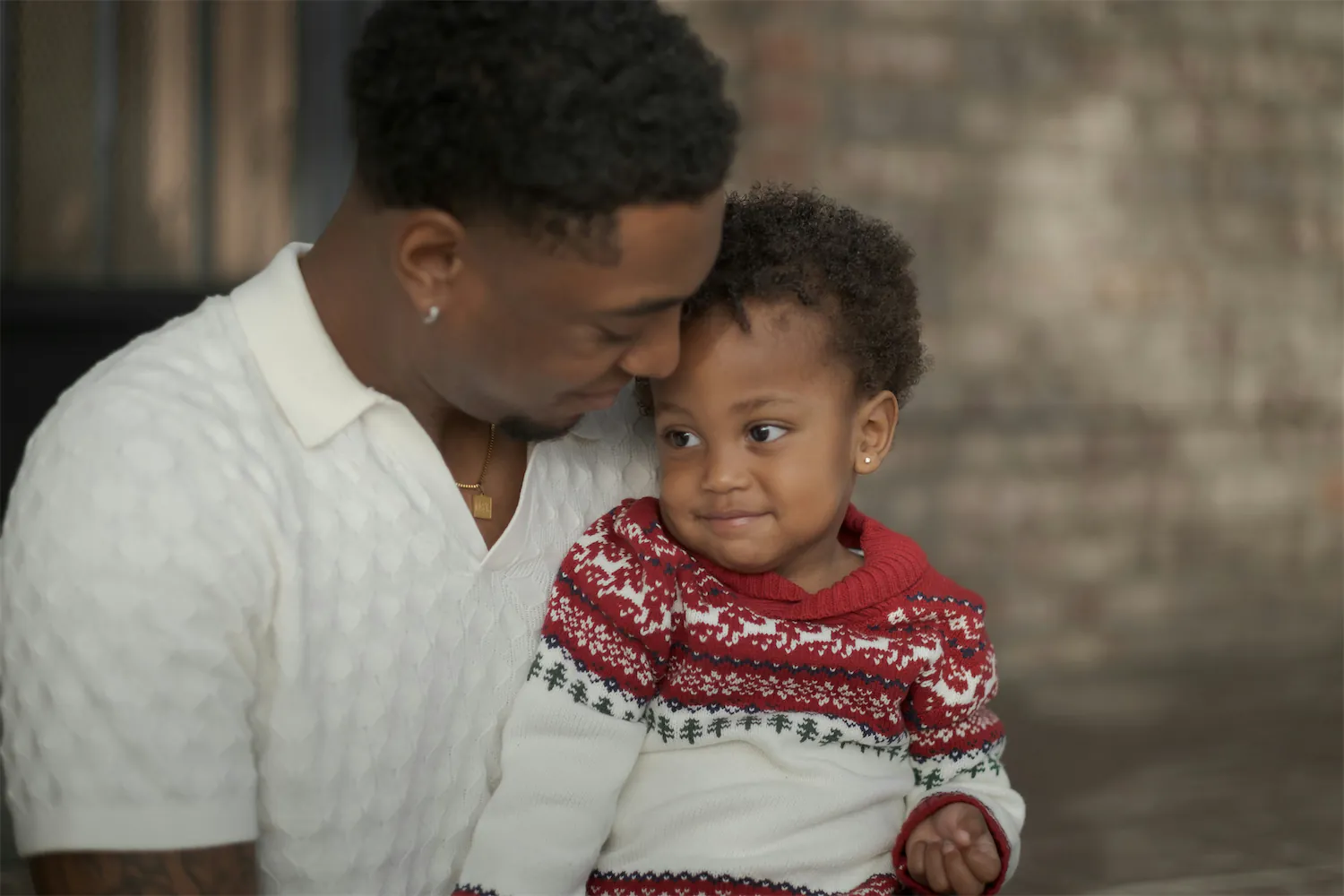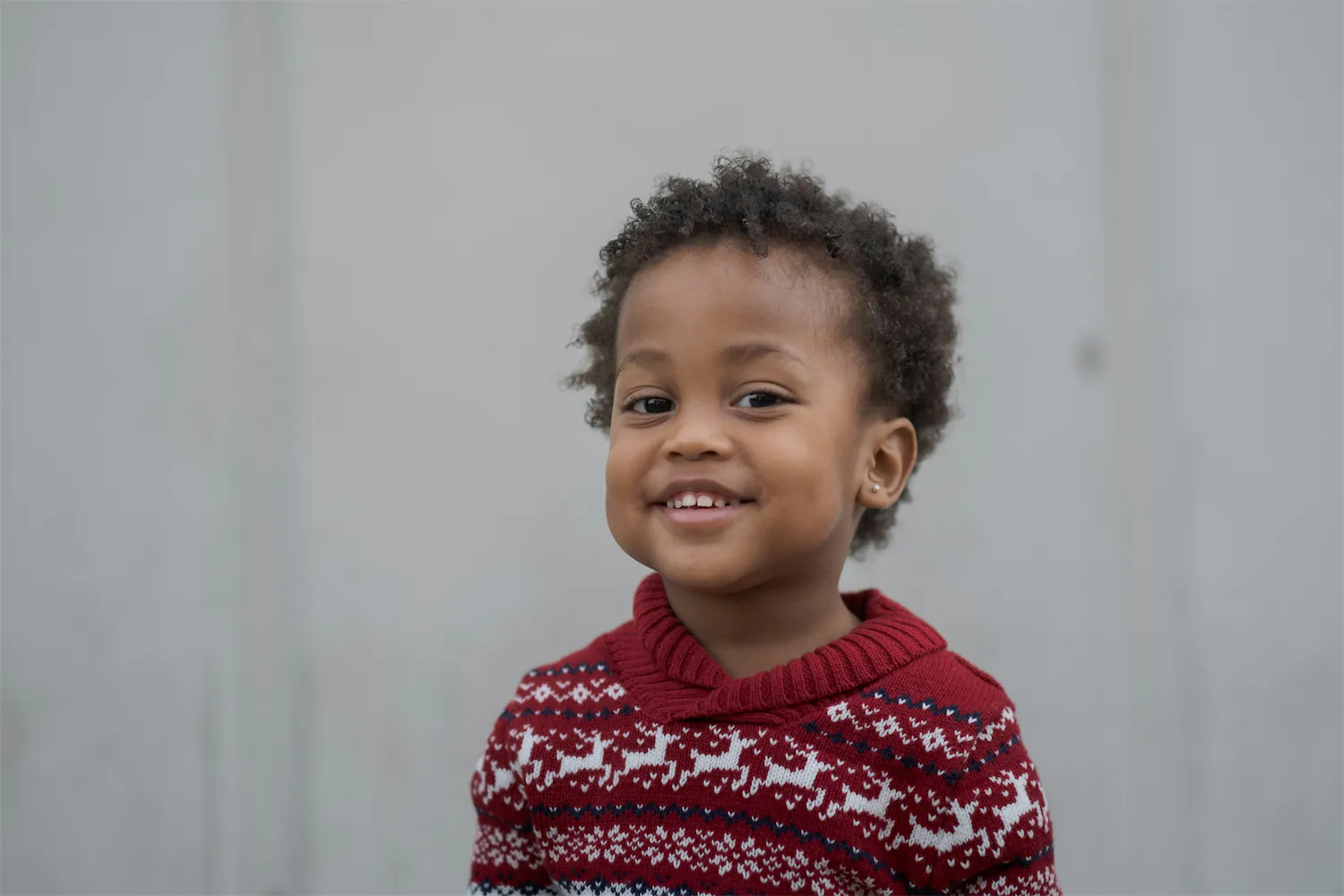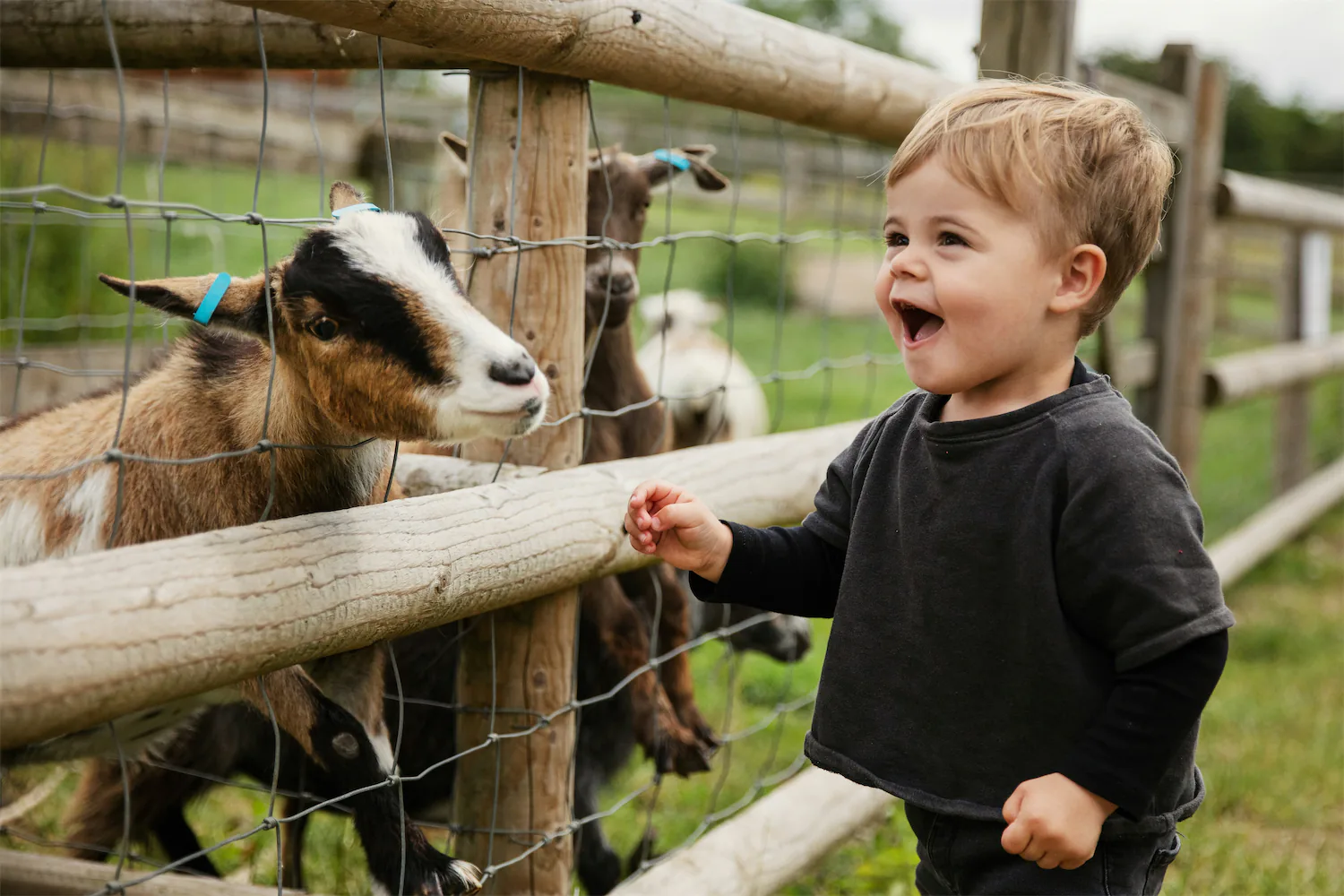How to dress a newborn for safe sleep
How to dress a newborn for safe sleep
Newborn sleep is stressful for many new parents. It can be hard to tell if your baby is too cold, overheating, or just not getting enough rest. This article covers everything you need to know about dressing your newborn for safe sleep.
Newborn sleep is stressful for many new parents. It can be hard to tell if your baby is too cold, overheating, or just not getting enough rest. This article covers everything you need to know about dressing your newborn for safe sleep.

Dahlia Rimmon, RDN
Content Writer

Dr. Marcy Borieux
Pediatrician



How to safely dress your baby for sleep
Ensuring safe sleep means preparing your baby to sleep in a way that minimizes the risks of suffocation, strangulation, and choking, and ultimately lowers the risk of Sudden Infant Death Syndrome (SIDS). Babies should always sleep without blankets and should be wrapped in a thin swaddle or sleep sack instead. For this reason, it is important to dress your baby in a single layer of clothing, like a cotton onesie or sleeper, to prevent them from becoming too cold or overheating.
When your baby starts rolling, typically around the 3- or 4-month mark though it can be sooner, swaddle them with their arms out or use a lightweight sleep sack instead. Rolling babies may shift onto their side or stomach, which can increase the risk of SIDS. Having their arms free allows them to use their hands and arms to push up their head from the mattress if needed.
Avoid dressing your baby in hats while they sleep. Their movements could cause the hat to fall off, potentially covering their face and posing a suffocation hazard. Hats can also lead to overheating, which increases the risk of SIDS.
When selecting clothing for your newborn to sleep in, opt for breathable fabrics like cotton. These fabrics help keep your baby cool and comfortable throughout the night.
The best temperature for baby sleep
Babies sleep better in cooler environments, but it’s also important for safe sleep. Keep your baby’s room temperature between 68°F and 72°F.
Signs your baby is cold
If you're unsure about your baby's temperature, watch for these signs that they might be cold:
Face, neck, or chest feels cold to the touch
Shivering
Mottling - splotchy color changes to the skin
Blue-colored hands or feet only (any blue color changes to the rest of the baby's body is a medical emergency)
If your baby is cold, add no more than one extra layer of clothing. Do not use a loose blanket or dress your baby in a hat.
Signs your baby is hot
If your baby is too warm for bed, it can increase the risk of SIDS and causes discomfort. Watch for these signs that your baby may be overheating:
Skin feels warm to the touch
Skin is sweating or clammy
Face appears flushed
Damp hair
Heat bumps
If your baby is too warm, switch to lighter pajamas, swaddles, or sleep sacks. You can also dress them in a short-sleeve onesie without pants, keep the onesie unfastened, or allow them to sleep with just a diaper.
Safe sleep 101
Here are the top tips for safe sleep:
Back to sleep
Always put your newborn baby to sleep on their back. Placing them on their belly or side increases the risk of suffocation and SIDS.
Keep cribs empty
Cribs and bassinets should be clear of blankets, pillows, bedding, bumper pads, stuffed animals, and toys. Never attach any items to the crib slats, including toys or pacifiers, as they can pose a suffocation or strangulation risk. Do not put your baby to sleep before removing these items from their sleep environment.
Don’t bed-share
Always put your baby to sleep in their own crib or bassinet. Bedsharing or co-sleeping increases the risk of accidentally rolling onto your baby and causing suffocation. Bed sharing includes sleeping in your bed in a baby pod, cushioned mat, or Dock-A-Tot. These products are not intended for sleep and should not be used.
Use a safe crib or bassinet
Only use a crib or bassinet that adheres to the safety standards set by the Consumer Product Safety Commission (CPSC) to ensure a safe sleeping environment for your baby. Never use cribs that have been recalled, have broken pieces or parts, or are missing hardware.
Room-share
The AAP suggests room sharing with your baby for the first six months because it significantly reduces the risk of SIDS. Placing your baby's crib or bassinet near your bed makes it easier to keep an eye on your baby and hear them throughout the night.
FAQs
How many layers should a newborn wear?
One layer of clothing with a swaddle or sleep sack over it is sufficient.
Are there other materials that are safe for sleep besides cotton?
Bamboo and other breathable fabrics are good options.
Can newborns sleep without a swaddle or sleep sack?
Yes, using a swaddle or sleep sack is a personal preference. You don't have to use them as long as your baby isn’t cold and sleeps comfortably.
Are weighted swaddles or sleep sacks safe?
No, the AAP advises against using weighted swaddles and sleep sacks.
How to safely dress your baby for sleep
Ensuring safe sleep means preparing your baby to sleep in a way that minimizes the risks of suffocation, strangulation, and choking, and ultimately lowers the risk of Sudden Infant Death Syndrome (SIDS). Babies should always sleep without blankets and should be wrapped in a thin swaddle or sleep sack instead. For this reason, it is important to dress your baby in a single layer of clothing, like a cotton onesie or sleeper, to prevent them from becoming too cold or overheating.
When your baby starts rolling, typically around the 3- or 4-month mark though it can be sooner, swaddle them with their arms out or use a lightweight sleep sack instead. Rolling babies may shift onto their side or stomach, which can increase the risk of SIDS. Having their arms free allows them to use their hands and arms to push up their head from the mattress if needed.
Avoid dressing your baby in hats while they sleep. Their movements could cause the hat to fall off, potentially covering their face and posing a suffocation hazard. Hats can also lead to overheating, which increases the risk of SIDS.
When selecting clothing for your newborn to sleep in, opt for breathable fabrics like cotton. These fabrics help keep your baby cool and comfortable throughout the night.
The best temperature for baby sleep
Babies sleep better in cooler environments, but it’s also important for safe sleep. Keep your baby’s room temperature between 68°F and 72°F.
Signs your baby is cold
If you're unsure about your baby's temperature, watch for these signs that they might be cold:
Face, neck, or chest feels cold to the touch
Shivering
Mottling - splotchy color changes to the skin
Blue-colored hands or feet only (any blue color changes to the rest of the baby's body is a medical emergency)
If your baby is cold, add no more than one extra layer of clothing. Do not use a loose blanket or dress your baby in a hat.
Signs your baby is hot
If your baby is too warm for bed, it can increase the risk of SIDS and causes discomfort. Watch for these signs that your baby may be overheating:
Skin feels warm to the touch
Skin is sweating or clammy
Face appears flushed
Damp hair
Heat bumps
If your baby is too warm, switch to lighter pajamas, swaddles, or sleep sacks. You can also dress them in a short-sleeve onesie without pants, keep the onesie unfastened, or allow them to sleep with just a diaper.
Safe sleep 101
Here are the top tips for safe sleep:
Back to sleep
Always put your newborn baby to sleep on their back. Placing them on their belly or side increases the risk of suffocation and SIDS.
Keep cribs empty
Cribs and bassinets should be clear of blankets, pillows, bedding, bumper pads, stuffed animals, and toys. Never attach any items to the crib slats, including toys or pacifiers, as they can pose a suffocation or strangulation risk. Do not put your baby to sleep before removing these items from their sleep environment.
Don’t bed-share
Always put your baby to sleep in their own crib or bassinet. Bedsharing or co-sleeping increases the risk of accidentally rolling onto your baby and causing suffocation. Bed sharing includes sleeping in your bed in a baby pod, cushioned mat, or Dock-A-Tot. These products are not intended for sleep and should not be used.
Use a safe crib or bassinet
Only use a crib or bassinet that adheres to the safety standards set by the Consumer Product Safety Commission (CPSC) to ensure a safe sleeping environment for your baby. Never use cribs that have been recalled, have broken pieces or parts, or are missing hardware.
Room-share
The AAP suggests room sharing with your baby for the first six months because it significantly reduces the risk of SIDS. Placing your baby's crib or bassinet near your bed makes it easier to keep an eye on your baby and hear them throughout the night.
FAQs
How many layers should a newborn wear?
One layer of clothing with a swaddle or sleep sack over it is sufficient.
Are there other materials that are safe for sleep besides cotton?
Bamboo and other breathable fabrics are good options.
Can newborns sleep without a swaddle or sleep sack?
Yes, using a swaddle or sleep sack is a personal preference. You don't have to use them as long as your baby isn’t cold and sleeps comfortably.
Are weighted swaddles or sleep sacks safe?
No, the AAP advises against using weighted swaddles and sleep sacks.
References
Summer Health offers fast and reliable pediatric urgent care through online doctors, all via text. Whether you’re worried about your baby's fever, rashes, or other children's health concerns, we provide expert advice and support anytime, right from your phone.

Never miss a post!
Sign up for our newsletter to receive articles and guides directly to your inbox!

